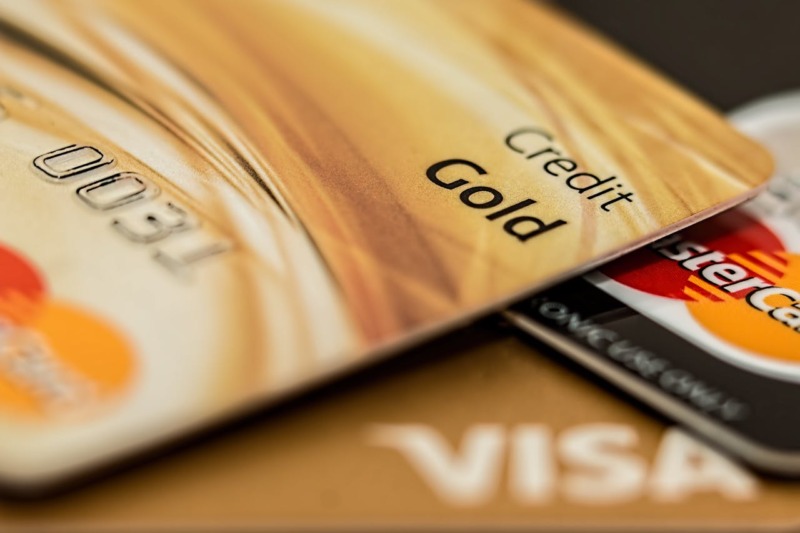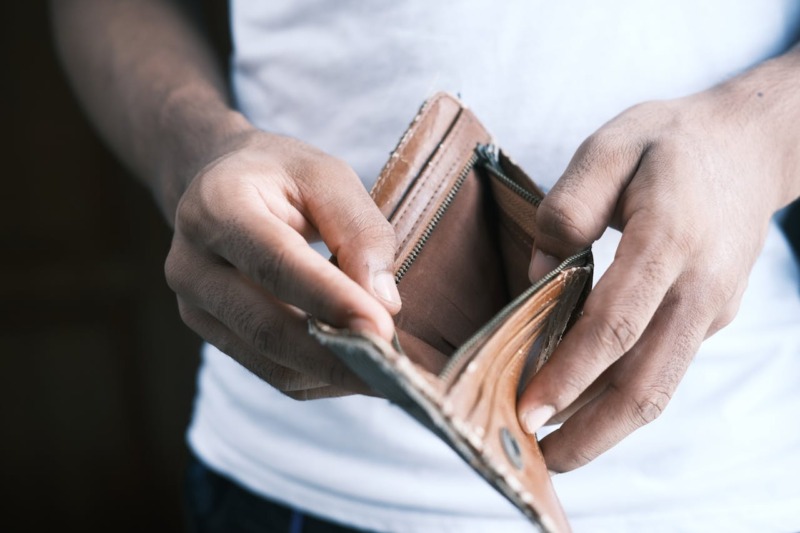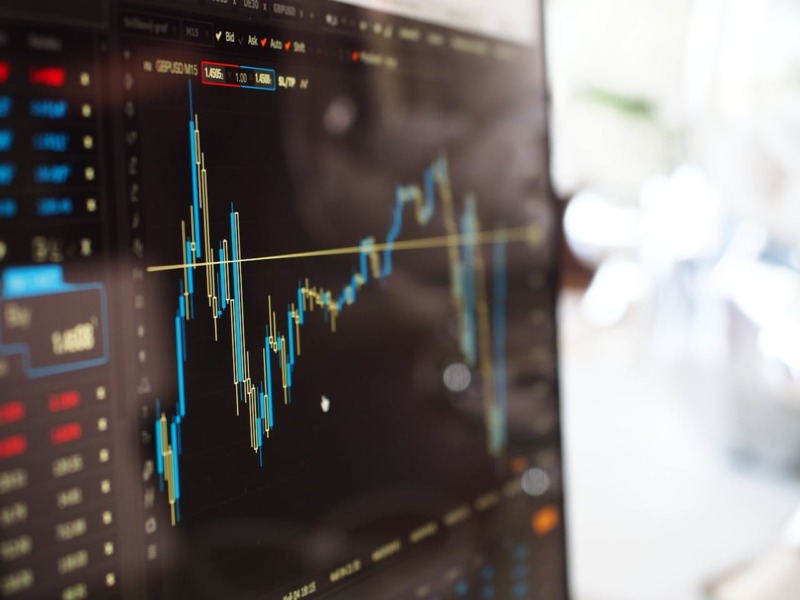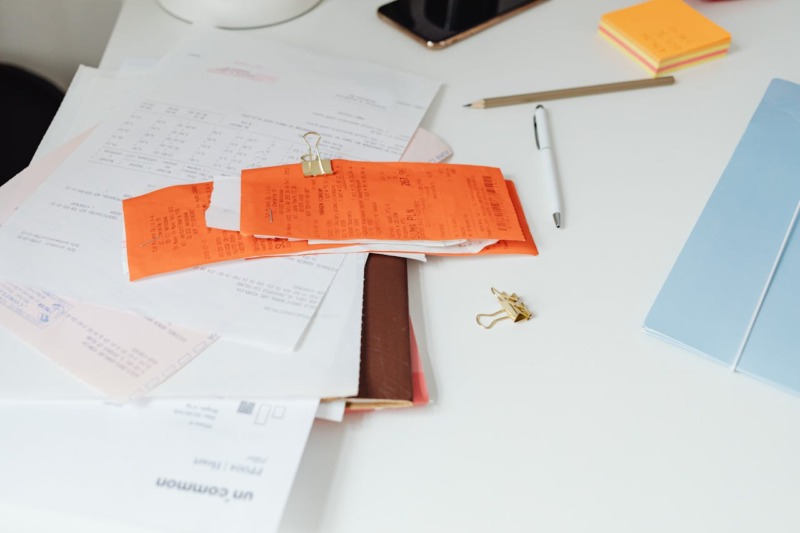Filter

Banken & Wirtschaft, Schulden
foreign currency loan
A foreign currency loan is actually a speculative deal. The borrower hopes for interest and exchange rate advantages. But that is a risky bet.

Geld & Glück
How should I use my savings
Many young people already earn money regularly. However, this can raise the question: What do I do with my money anyway?

Konto & Zahlung
Account costs
It’s easy to get a free account during your training. Nevertheless, you have to be careful that you don’t end up having to pay for your account.

Banken & Wirtschaft
What does a bank do?
Money is saved, invested and spent. Banks occupy the central position in the money cycle.

Banken & Wirtschaft
What is Bitcoin?
Bitcoin: huge hype, almost everyone knows the name. But what exactly is virtual money and what functions does it perform?

Veranlagung & Vorsorge
Which insurance do i need?
If you have suffered damage, you should not be forced to bear the cost on top of it. This is what insurance companies are there for. However, you should check closely which insurance you’ll actually need.

Alles ums Geld
Who sets prices?
Why do things cost what they cost? Many articles are getting more expensive, but some may become cheaper too. Why is that so?

Konto & Zahlung
How can I control my spending?
Debt is affecting more and more young people. A budget plan helps you to keep track of your money.

Geld & Gesellschaft
How rich are we?
Austria is regarded as a wealthy country. The reason is our high Gross Domestic Product, or GDP for short. But what exactly is the GDP?

Konto & Zahlung
How safe is online banking?
Here are some tips on what you can do to make your banking transactions as secure as possible.

Alles ums Geld
How to get rich?
There is no quick route. Hardly ever, at least. To be able to afford big things, you have to save on small ones. But how to keep it up?

Alles ums Geld, Geld & Gesellschaft
Digital identities
Who am I on the Internet and how secure is my data online?

Alles ums Geld, Geld & Gesellschaft, Schulden
energy-saving tips
Without sacrificing comfort, a few useful tips will help you lower your electricity bill and do something good for the environment. Just give it a try!

Alles ums Geld
Blockchain
Blockchain is a technology that is not so easy to explain. Read here how blockchain works and what you get out of it!

Geld & Glück, Schulden
Addicted to gambling
Compulsive gambling, or gambling addiction, is a serious problem. Do you suspect you may be one of them?

Geld & Gesellschaft, Schulden
Subsistence level
How much is enough to get by depends on where you live – and in what circumstances. But sadly, one thing is for sure: many students and apprentices are at risk of poverty.

Alles ums Geld
Saving money at the sales
If you really want to get a good bargain at the sales, there are some points to consider.

Ausbildung & Beruf
Be rich after the summer break
A summer job will not make you super-rich, but the income will help buy something extra that you fancy.

Veranlagung & Vorsorge
Capital market
When people say that they “put their money to work”, they often mean that they have invested it in shares or bonds on the capital market – but what does that actually mean?

Banken & Wirtschaft, Konto & Zahlung, Schulden
Pay now or what?
What happens if you fail to pay a bill? If you spent your money on something that was more fun, for example. Or because you were simply strapped for cash. One thing is certain: Late payment will cost you.

Alles ums Geld
Bracket creep
What is “bracket creep”? It is actually nothing more than a hidden tax increase.

Alles ums Geld, Banken & Wirtschaft
A short history of money
Who invented money? We have briefly summarized the history of money for you.

Alles ums Geld, Banken & Wirtschaft, Schulden
Money creation
The money that banks grant as loans is not in their vaults – or only to a small extent. It is virtually created out of nothing. This is how money is created!

Alles ums Geld, Banken & Wirtschaft
Money supply
There is much more money in the world than all banknotes and coins put together. What? How can that be?

Konto & Zahlung
Buy now – pay later!
You want to buy something and can only pay later? Sounds great! Is it?

Geld & Gesellschaft
Why ist he gap between the poor and the rich getting wider?
Those who are poor usually stay poor. And those who already have enough get even more. This is – unfortunately – the current trend.

Schulden
Should I overdraw my account?
How much will an overdraft cost? The bank has offered you a free personal account. Whether or not it really remains free depends entirely on you.

Alles ums Geld
How much does a car costWas kostet eigentlich ein Auto?
Lease or buy? New or used? There are a few things to consider when buying a car.

Veranlagung & Vorsorge
What are company shares?
Shares, or stocks, represent very small portions of a company. By buying them, you purchase a participating interest in the company – and have a stake in its economic performance.
Shares are certificates of participation in a company. In other words: the owner of a share of stock (shareholder) owns a small fraction of a company.
Shares are certificates of participation in a company. In other words: the owner of a share of stock (shareholder) owns a small fraction of a company.

Geld & Glück
The ten biggest cost traps on holiday
Vacation at last! We have summarized for you which cost traps you may encounter and what you should pay attention to when on vacation!

Geld & Glück
Why does money make you happy?
Money as such does not make you happy. But not having it makes you unhappy. This is something we know from experience, and it also had been confirmed by research studies.

Ausbildung & Beruf
Who will pay for my life as a student?
Studying costs an estimated € 1000 per month. What options are there to finance your studies?

Ausbildung & Beruf
Study
Du überlegst, an einer FH oder Uni zu studieren? Wir haben gute Gründe für dich, warum ein Studium zu dir passen könnte!

Alles ums Geld
Interest – what do I pay it for?
Wer Geld verleiht, trägt das Risiko, es nicht mehr zurück zu bekommen. Was hat’s hier also mit den Zinsen auf sich?
Subscribe to our newsletter*!
Stay up to date with our newsletter –
subscribe for new tour dates and important updates.
*only available in German
subscribe for new tour dates and important updates.
*only available in German


